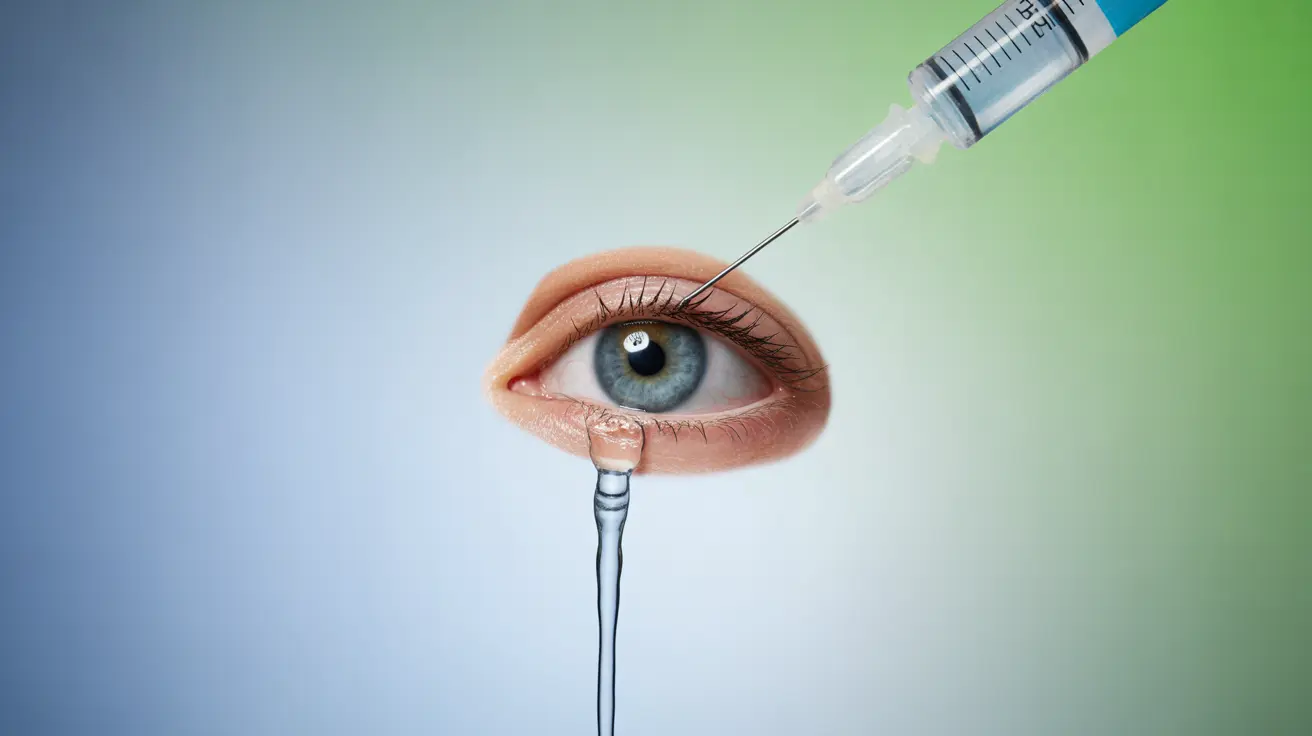Chemical burns to the eye require immediate and appropriate attention to prevent serious complications. While over-the-counter eye drops might seem like a quick solution, understanding their proper use and limitations is crucial for eye safety during chemical exposure emergencies.
This comprehensive guide will help you understand when and how to use over-the-counter eye drops for chemical burns, along with essential first aid steps and warning signs that indicate the need for immediate medical attention.
Immediate First Aid Response for Chemical Eye Burns
When a chemical enters your eye, the first and most critical step is immediate irrigation with clean water. Do not reach for eye drops as your first response. Instead:
- Flush your eye continuously with clean, room-temperature water for at least 15-20 minutes
- Hold your affected eye under a gentle stream of water, or use an emergency eyewash station if available
- Keep your eye open while flushing, despite the natural tendency to close it
- If wearing contact lenses, try to remove them while flushing if they come out easily
Understanding Over-the-Counter Eye Drops and Chemical Burns
Over-the-counter eye drops serve different purposes, and not all are suitable for chemical burn treatment. Here's what you need to know:
Types of OTC Eye Drops to Avoid
Following a chemical burn, avoid using:
- Redness-reducing drops
- Antihistamine eye drops
- Drops containing preservatives
- Artificial tears with added medications
When OTC Eye Drops Might Be Appropriate
After proper irrigation and medical evaluation, your healthcare provider might recommend specific OTC products for ongoing care, such as:
- Preservative-free artificial tears for lubrication
- Sterile saline solutions for gentle cleaning
- pH-balanced eye drops recommended by your doctor
Signs of Severe Chemical Eye Burns
Recognizing severe symptoms is crucial for proper treatment. Seek immediate emergency care if you experience:
- Severe pain or burning sensation
- Difficulty opening your eye
- Blurred or decreased vision
- White areas or chemical particles in the eye
- Significant redness or swelling
Professional Medical Treatment
Professional treatment for chemical eye burns typically involves:
- Thorough examination using specialized equipment
- pH testing of the eye
- Removal of any remaining chemical particles
- Prescription of appropriate medications
- Assessment for potential corneal damage
Prevention and Safety Measures
To prevent chemical eye burns:
- Wear appropriate eye protection when handling chemicals
- Store household chemicals safely and separately
- Read and follow all warning labels
- Keep emergency eyewash supplies readily available
- Maintain a first aid kit with sterile eye irrigation solutions
Frequently Asked Questions
What should I do immediately after getting a chemical burn in my eye? Immediately flush your eye with clean, room-temperature water for at least 15-20 minutes. Keep your eye open during irrigation and seek emergency medical attention afterward.
Are over-the-counter eye drops safe to use for chemical burns in the eye? Over-the-counter eye drops should not be your first response to a chemical burn. Only use them after proper irrigation and medical evaluation, and only as specifically recommended by your healthcare provider.
What symptoms indicate a chemical eye burn requires emergency medical attention? Seek immediate emergency care if you experience severe pain, difficulty opening your eye, blurred vision, visible chemical particles in the eye, or significant redness and swelling.
How do doctors treat chemical burns to the eye after initial first aid irrigation? Doctors will examine your eye thoroughly, test its pH level, remove any remaining particles, prescribe appropriate medications, and assess for corneal damage. Treatment plans vary based on the severity and type of chemical exposure.
Can chemical eye burns cause long-term vision problems if not treated promptly? Yes, without prompt and proper treatment, chemical eye burns can lead to serious complications including scarring, permanent vision loss, and damage to the cornea. Immediate professional medical attention is crucial for preventing long-term problems.




